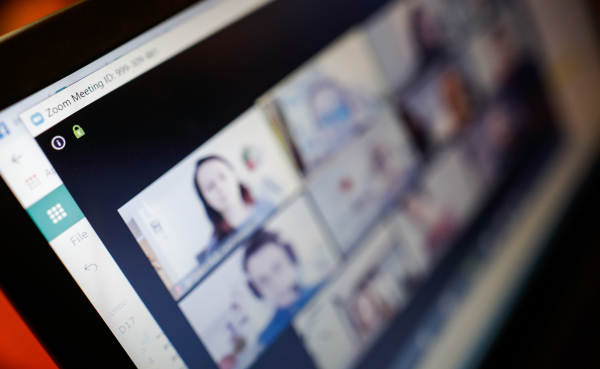Bupa has announced its will continue to pay benefits for a range of telehealth services under its applicable ancillary health insurance products.
Telehealth has emerged as an important platform for patient engagement as a result of the social distancing rules imposed during the COVID-19 pandemic.
Bupa has covered a range of ancillary services delivered through telehealth since March. It has announced it is scrapping the previously announced 30 September end to this coverage.
Benefits for telehealth are available on ancillary services for psychology, physiotherapy, speech therapy, counselling, dietetics, occupational therapy, midwifery and exercise physiology.
It said it has processed more than 10,000 telehealth ancillary claims since March.
According to Emily Amos, the managing director of Bupa Health Insurance, customers are embracing telehealth as part of ‘the new kind of normal’ when it comes to healthcare.
“At first, we simply wanted to make sure our customers’ healthcare continued uninterrupted, despite the impacts of the COVID-19 pandemic. But the new arrangements were so popular, we quickly realised telehealth was here to stay.
“COVID-19 has presented a number of challenges to the health system, however this is a real example of providers and insurers thinking differently to deliver and fund important health services,” said Ms Amos.
The company said younger people have led on the adoption of telehealth for ancillary services such as psychology and physiotherapy. People under 40 have accounted for 57 per cent of all claims for telehealth services since March.
“This data gives us a real insight as to how to keep health insurance relevant for young Australians who have grown up with technology as part of everything from banking to relationships.
“It shows that by responding to the needs of younger customers, changing the way healthcare is delivered and letting people claim for those services, we can deliver real value and promote positive health outcomes,” said Ms Amos.
Physiotherapy is the most common telehealth claim across all age groups. However, psychology is the most popular amongst customers aged between 20-49.
“Telehealth makes mental health services more accessible for Australians, almost half of whom will experience a mental health disorder at some time in their life.
“It may be that some people feel more comfortable receiving that type of care from their home, as opposed to going to a clinic,” added Ms Amos.
